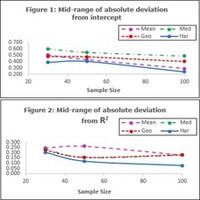
By Dr. Mohd Mustafa Awang Kechik, Department of Physics, Faculty of Science, UPM
Japan already has a 'bullet train' speed 600km/h, which is famous for its Japanese term 'shinkansen' principles 'magnetic float' MAGLEV (Magnetic Levitation).
MAGLEV requires a very strong magnetic field to move the wagons carriages. Ordinary magnet can be used in the manufacture of power systems MAGLEV but ordinary magnet is very limited. therefore the most effective way to produce the most powerful magnetic field known today is to use a coil (solenoid will generate the induced magnetic fields without resistance and so high that it can be produced) superconductors.
Superconducting coils will act as a magnetic field placed at the sides of the carriages on each side. Income field superconducting magnets require extremely low temperatures (below -200 C and the coil is surrounded by liquid helium or liquid nitrogen. The current equipment (superconduktor nature, there is no obstacle in the flow) through the superconducting coil creates a magnetic field is very strong almost 5 Tesla and may be higher and depends on the desired speed.
The magnetic field generated from the superconducting coil is fixed and does not change over time. It can be moved by rail. At the bottom there is a normal magnetic train in place in the north-north pole direction and the track also has a north-north pole that will make it always floats.

|
Dr. Mohd Mustafa Awang Kechik
Pensyarah Kanan
Jabatan Fizik
Fakulti Sains
Universiti Putra Malaysia
Tel: 03-894666671
Emel: mmak@upm.edu.my
|
Date of Input: 28/04/2017 | Updated: 28/04/2017 | mohdamir
MEDIA SHARING



























